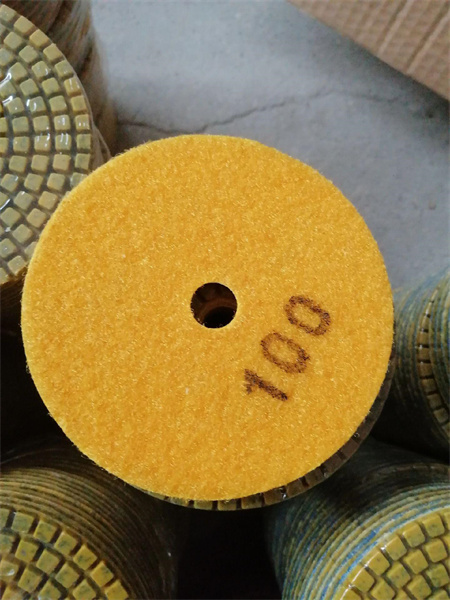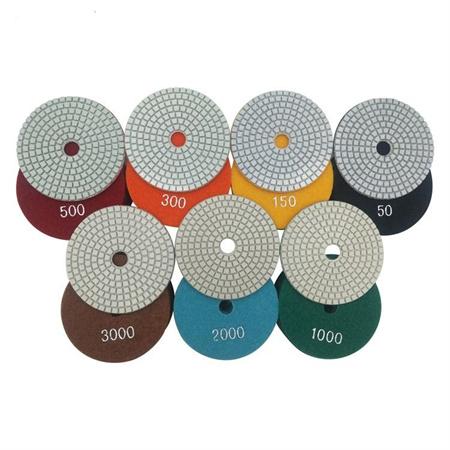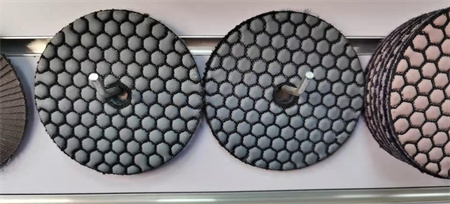Optimal Operating Speeds for Diamond Polishing Pads
When it comes to achieving a flawless finish on stone, concrete, or any other material, diamond polishing pads are indispensable. These tools are renowned for their efficiency and precision, capable of transforming rough surfaces into smooth, glossy ones with minimal effort. However, the key to maximizing the performance of these pads lies in understanding and controlling their operating speeds. The right speed can make all the difference between a surface that shines with a mirror-like finish and one that looks dull and uneven.
Operating a diamond polishing pad at the optimal speed isn’t as simple as pushing the machine to its maximum RPM. The speed needs to be matched with factors like the type of material you’re polishing, the specific diamond grit size, and even the environmental conditions. It’s all about balance—too fast, and you risk damaging both the pad and the surface; too slow, and you’ll find the job taking much longer than necessary. So, what’s the sweet spot?


For concrete, the ideal speed range is typically between 600 and 1500 RPM, depending on the hardness of the concrete and the type of grit being used. For softer stones, speeds around 2000-3000 RPM can help achieve a high-quality finish without damaging the material. Of course, understanding the surface you’re working with and knowing how it reacts under different speeds is crucial to getting the best results.
Diamond Grit Size and Its Influence on Speed
The size of the diamond grit on the polishing pad also plays a significant role in determining the optimal operating speed. Finer grits—such as those used in the later stages of polishing—require slower speeds to avoid creating heat that could cause the diamonds to lose their sharpness. On the other hand, coarser grits used for the initial stages of polishing may perform better at higher speeds, as the larger diamonds require more force to break through the rough surface.
As a general rule of thumb, coarser grits (like 30 or 50) are used at speeds of 1500-2000 RPM for an efficient cut, while finer grits (like 800 or 1500) should be used at slower speeds of around 1000-1500 RPM to ensure that the surface receives an even finish without overheating the pad.
Surface Finish Goals: Speed Versus Quality
Another important consideration is the type of finish you are aiming for. If you’re looking to achieve a high-gloss shine, you will need to dial back the speed during the final stages of polishing. Excessive speed at this point can result in an uneven finish or burnishing the surface to the point where it appears too shiny, but with noticeable inconsistencies. For those looking to achieve a smooth, uniform high-gloss finish, maintaining a moderate speed of 1000-1500 RPM often yields the best results. Slower speeds allow for a better control over the pad and help prevent the creation of micro scratches.
In contrast, if you’re not focused on a glossy finish but simply need to smooth out the surface or prepare it for a subsequent step, higher speeds will likely work better. For such tasks, speeds of 1500-2000 RPM are typically sufficient to remove scratches or inconsistencies without the need for a highly polished surface.
Temperature Control: Avoiding Overheating
A crucial aspect of working with diamond polishing pads at high speeds is managing the heat generated during the process. The faster the speed, the more friction is created, which leads to higher temperatures. This can be particularly detrimental when polishing harder surfaces, as overheating can cause the diamonds to wear down prematurely or even cause the resin that binds the diamonds to melt, resulting in a loss of effectiveness.
To prevent overheating, it’s vital to use the right amount of water or cooling agent during polishing. This not only helps in maintaining the pad’s lifespan but also ensures that you’re achieving the best possible finish without compromising the integrity of the material.
Conclusion
Finding the optimal operating speed for diamond polishing pads requires a careful balance of various factors, including material type, grit size, surface finish goals, and heat management. There’s no one-size-fits-all solution, but by paying close attention to these elements, you can significantly enhance the performance of your diamond pads and achieve superior results every time. Whether you’re working with concrete, marble, granite, or any other surface, the right speed ensures that you maximize the longevity of your tools, save time, and get a flawless, high-quality finish that will stand the test of time.
